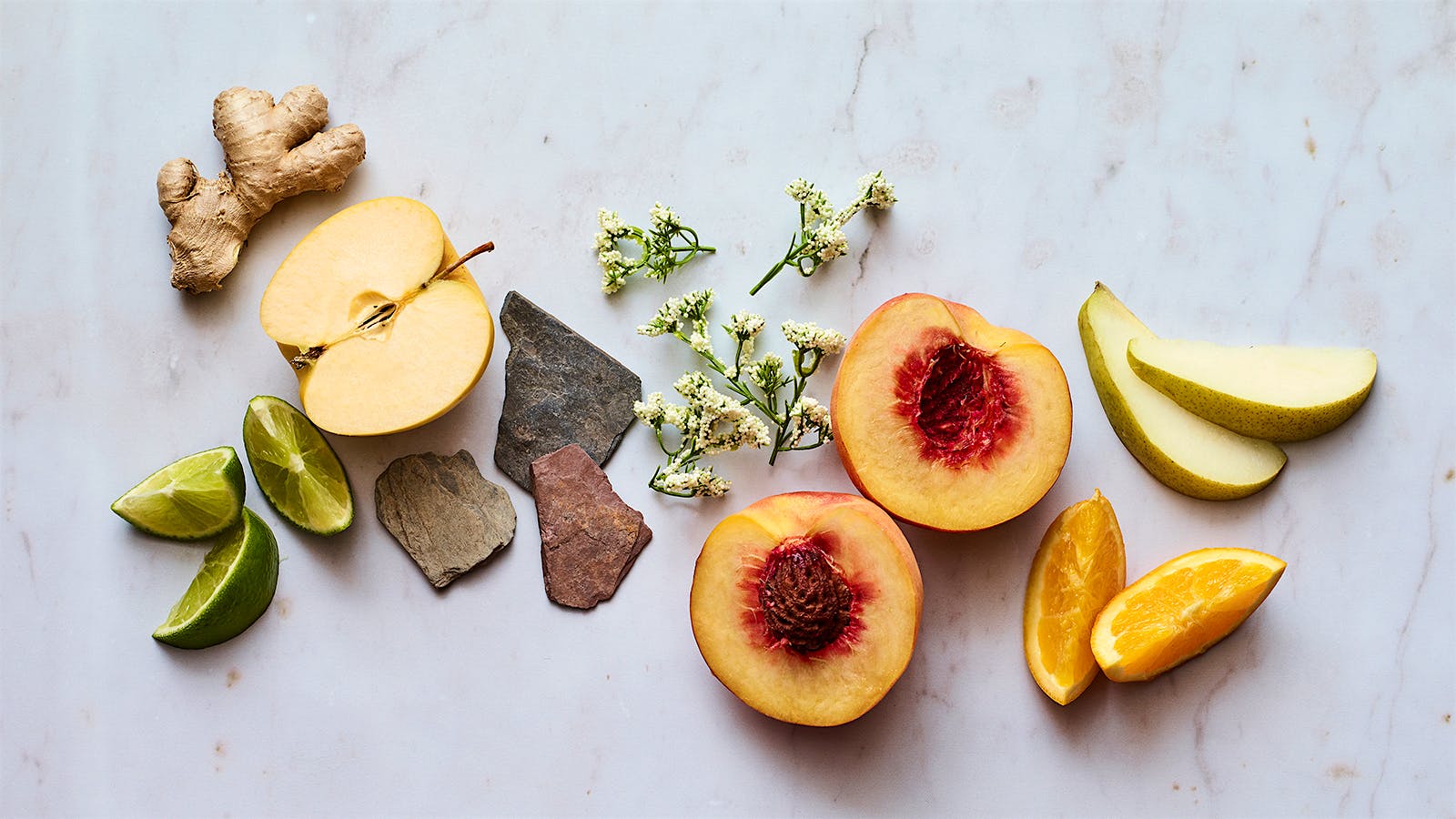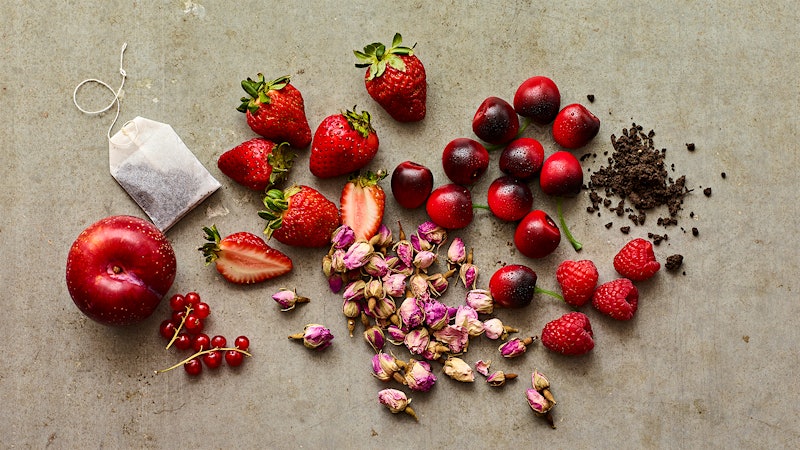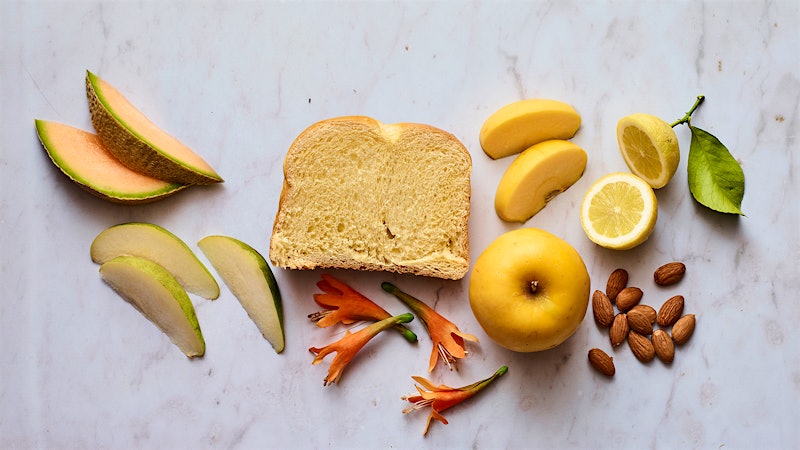[REE-sling]
Characteristics
Riesling is believed to have originated in Germany, which remains the leading producer of these wines worldwide, making a range of styles from bone-dry to sweet and everything in between. On the other side of the French-German border, Alsace is also one of the highest-regarded sources of Riesling, as is Austria, which generally focuses on dry styles. In the New World, Riesling has found a home in Australia, notably Clare Valley, as well as in New York's Finger Lakes, Canada, New Zealand and Washington.
Riesling buds late, is mid- to late-ripening, and does best in cool climates, where grapes ripen slowly and develop deep aromatic character. In order to achieve full ripeness, producers often plant Riesling on south-facing slopes for maximum sun exposure. The grape grows best in limestone and slate soils.
Producers can opt to harvest Riesling late, or let it be affected by botrytis, to make a dessert-style wine. (Botrytis-affected grapes are also used in some dry, ripe styles.) Off-dry or lightly sweet styles are particularly popular in Germany's Mosel region, but many of the most lauded bottlings are dry. Overall, the wines exhibit fresh fruit flavors of peach, pear, lemon and yellow apple, complemented by pronounced minerality and floral notes. Riesling is capable of making wines of great longevity, thanks in part to its high acidity. Aged versions typically develop hints of petrol aromas.
Where it's grown

Riesling icons
- Alsace:
- Germany:
- Austria:
Suggested food pairings
- Alsace: pork chops with baked apples
- Germany: mustard oil–fried sausage
- Austria: fried pork cutlets with slaw
For more on Riesling
- Extreme Alsace
- Germany: The Heat Is On
- Austrian Duet
- Germany vintage chart
- Austria vintage chart
- Alsace vintage chart
Get more scores and tasting notes for recently rated Rieslings












